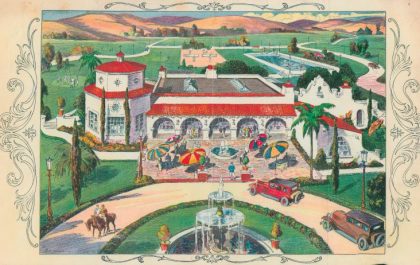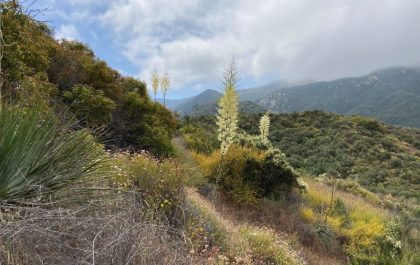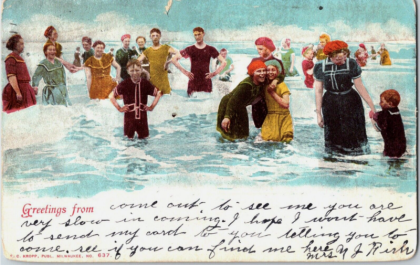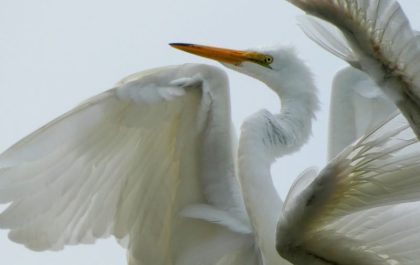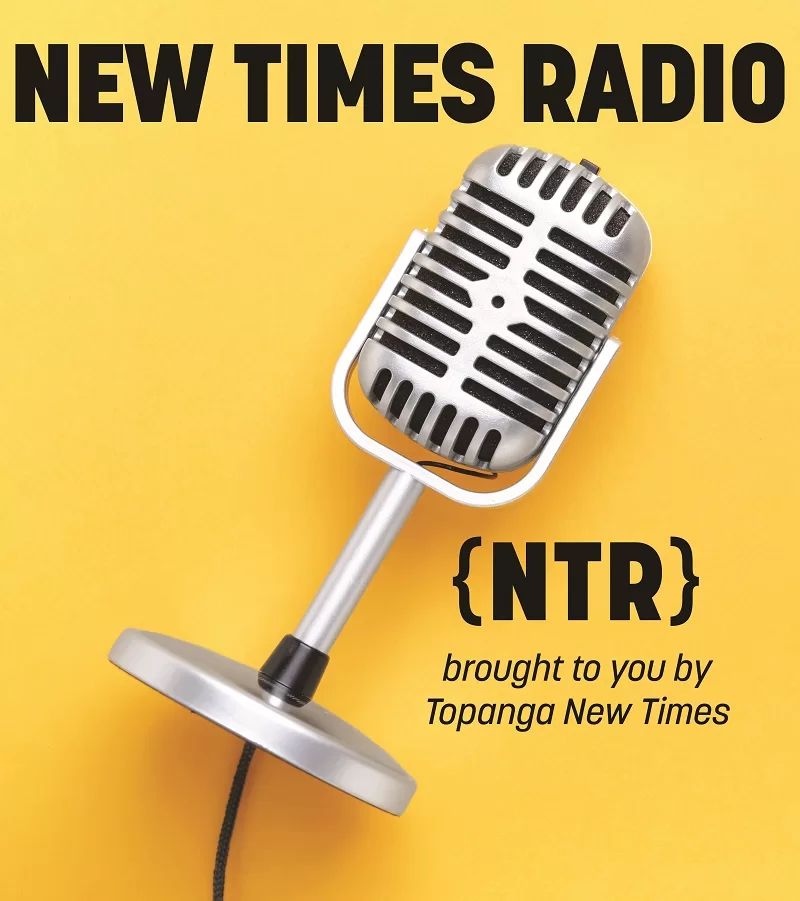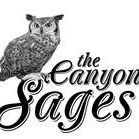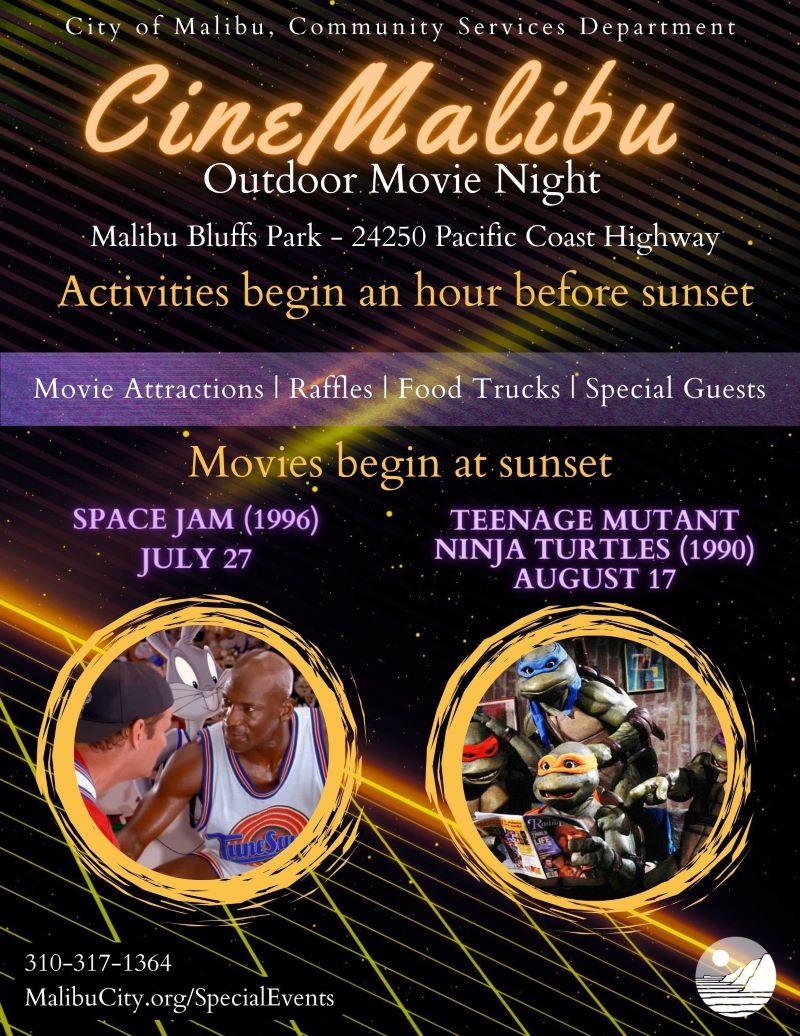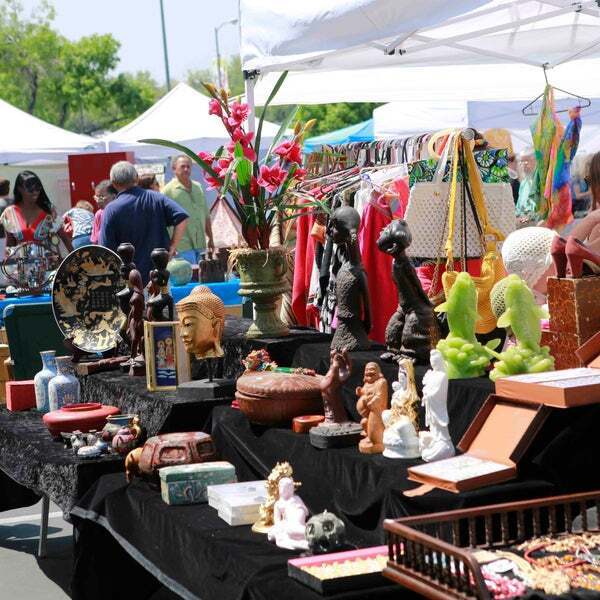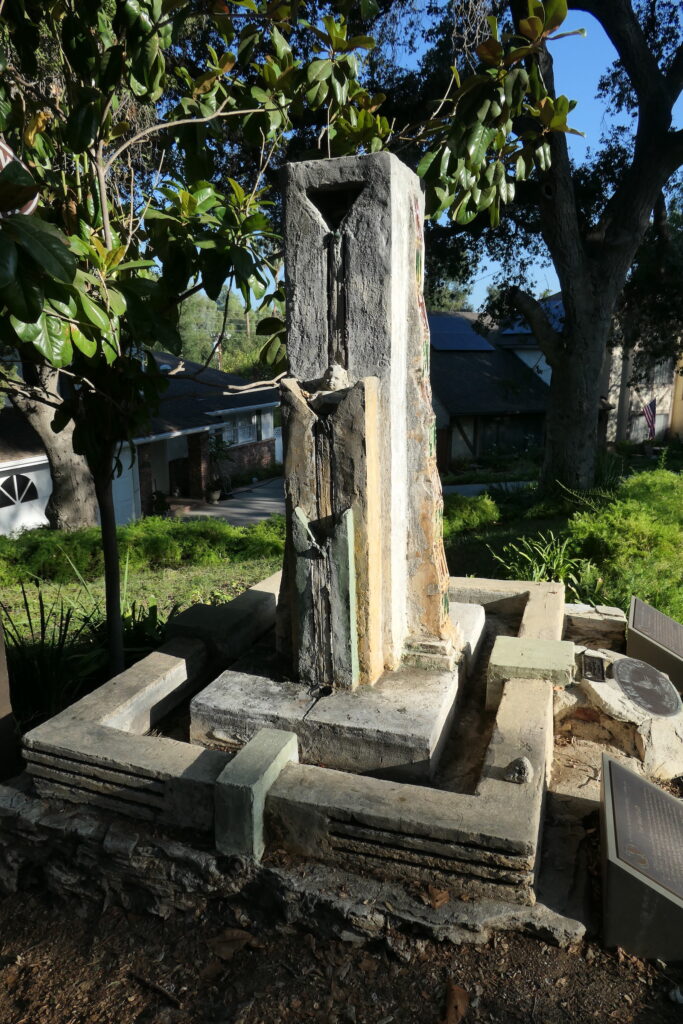
Architect William Pereira wasn’t the first visionary who sought to design a city of tomorrow in the Topanga area. Park Moderne, just off of Old Topanga Canyon Road in Calabasas, was the first planned community in the area, and it was also the work of a futurist.
Dutch-born Modern art empresario and real estate developer William Lingenbrink, and Modern architect Rudolph Schindler partnered with homesteader Samuel Cooper Jr. to build an avant garde artists’ colony on 140 acres of ranch land.
The story that Cooper traded the property to Lingenbrink in exchange for indoor plumbing and a bathtub appears to be apocryphal, but at the time the development was planned, the area was still very much part of the Old West. Cows outnumbered humans; water was supplied from brackish wells that often failed in summer; and there were few roads or neighbors.
Los Angeles Times reporter Bob Pool delved into the history of Park Moderne for a July 6, 1986 article on the development. Pool often covered stories in the Santa Monica Mountains and knew more of the area’s secret history than almost anyone.
He wrote that lots in Park Moderne started at $525, and that, in an effort to attract artists, Lingenbrink was known to exchange lots and building material for artwork.
Schindler designed the homes: small Art Deco jewel boxes embellished with jazz colors and snazzy deco details that included round windows, and zigzag trim.
In a 2016 feature in Curbed Los Angeles, writer Hadley Meares described the artists’ colony as “L.A’s lost Oz.”
The neighborhood was built around the property’s numerous oak trees. The dirt roads, just wide enough to fit a Model T, were named for native birds.
The names and the oaks are almost all that is left of Park Moderne, but in its brief heyday, it was a retreat for artists, writers, and bright young things that came out on weekends for house parties that defied Prohibition.
Bob Pool wrote that the Park Moderne colony included sculptor Andy Anderson, portrait painter Paul von Kleiben, songwriter Dick Coburn, author Margaret Larson and local historian Laura B. Gaye, and designers Walter Dorrer and Charles Gretz.
“Among the frequent visitors were many celebrities [including] John Steinbeck and comedian Jimmy Durante,” Pool wrote. “Durante’s wife would often stay on with friends at Park Moderne when Durante returned to town. Legend has it that her overnight visits prompted Durante’s famous show-closing line: “Good night, Mrs. Calabash, wherever you are.”
Park Moderne remained a forgotten corner of bohemian paradise until the 1960s, when municipal water arrived, and suburbia began to catch up with the community.
Today, only a couple of the original structures remain—most have been replaced by larger, less interesting houses—but many of the oaks are still there, and the streets are still named for birds.
There’s a fountain, too, designed by German architect Jock Peters in 1931. The water doesn’t run anymore, but the colored glass that forms the abstract decoration is still jewel-bright. It’s a small monument to a lost chapter of local history, a time capsule created by a futurist for the future that is our present.
